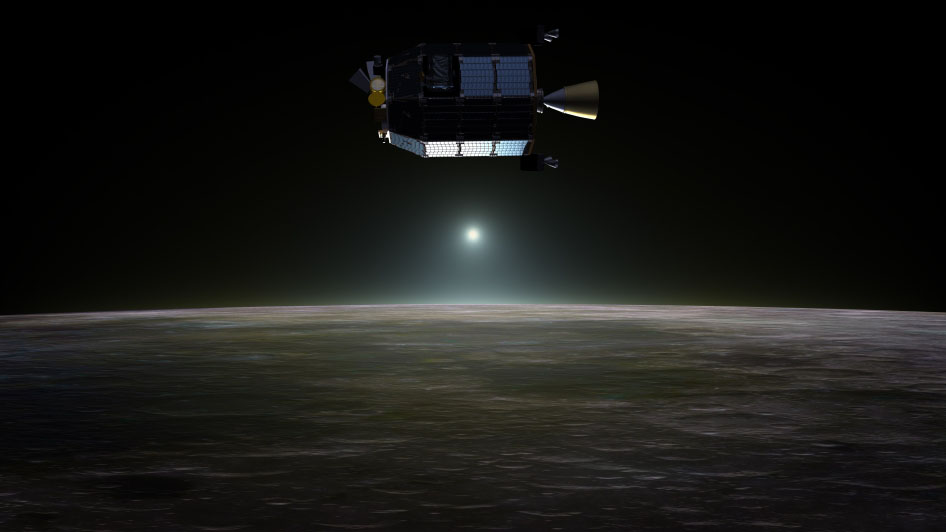

NASA issued a public statement in October that year. Its final light image is quite impressive as a closing capture, considering all factors. Kepler dedicated almost ten years in deep space (it circles the sun, not Earth) gathering information and remains in a secure orbit today.
Kepler played a key role in identifying more than 2,600 exoplanets. As per NASA, it exceeded its objectives and has “enlightened us regarding the variety of planets that populate our galaxy.” Analysis of data suggests that 20 to 50 percent of the stars seen in the night sky are likely to possess “small, potentially rocky planets akin in size to Earth” located in their stars’ habitable zones. Does this imply the existence of another Earth out there? Possibly. However, thanks to Kepler, we now know that it is significantly more probable.